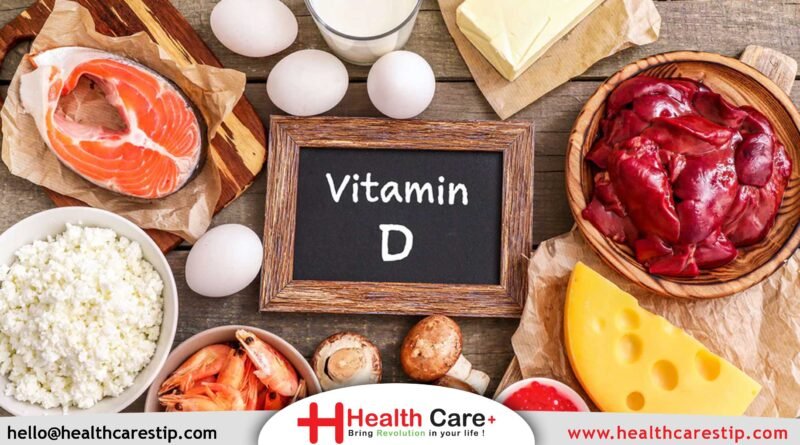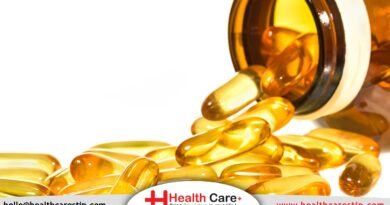Vitamin D
Not many food sources normally contain vitamin D, however a few food varieties are invigorated with the nutrient. For a great many people, the most ideal way to get sufficient vitamin D is taking an enhancement since eating sufficient through food is difficult. Vitamin D enhancements are accessible in two structures: nutrient D2 (“ergocalciferol” or pre-vitamin D) and nutrient D3 (“cholecalciferol”).
Both are additionally normally happening structures that are delivered within the sight of the sun’s bright B (UVB) beams, thus its epithet, “the daylight nutrient,” however D2 is created in plants and parasites and D3 in creatures, including people. Vitamin D creation in the skin is the essential regular wellspring of vitamin D, yet many individuals have lacking levels since they live where daylight is restricted in winter, or in light of the fact that they have restricted sun openness due to being inside a significant part of the time.
Likewise, individuals with hazier skin will generally have lower blood levels of vitamin D on the grounds that the color (melanin) behaves like a shade, lessening creation of vitamin D (and furthermore lessening harming impacts of daylight on skin, including skin malignant growth).
Vitamin D is both a supplement we eat and a chemical our bodies make. A fat-dissolvable nutrient has for some time been known to help the body ingest and hold calcium and phosphorus; both are basic for building bone. Likewise, research center examinations demonstrate the way that vitamin D can lessen disease cell development, assist with controlling contaminations and lessen irritation. A significant number of the body’s organs and tissues have receptors for vitamin D, which recommend significant jobs past bone wellbeing, and researchers are effectively examining other potential capabilities.
SKIN | PAIN | DIABETES | CANCER | HEART ATTACK | NUTRITIONS | AVOID | HEALTHY FOOD





